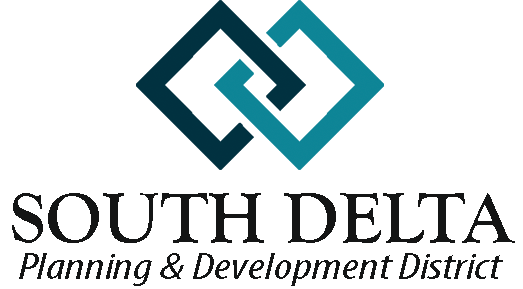MEASURING SUCCESS
PERFORMANCE MEASURES/EVALUATION
Any “plan of action” to be successful must produce positive results. The evaluation process for this plan must be the measurement of the economic conditions that it has prioritized.
An analysis of economic indicators will attest to improvements in the area economy or a continuation of the downslide. Statistics are cold, hard facts. They are not infallible but they do measure in the same manner and the same factors every time. Success or failure can be measured by analysis of:
- Unemployment figures
- Gain or loss of jobs
- Diversification of employment
- Population Figures
- Health care statistics
- Area tax base statistics
- Housing analysis
As indicators change, the plan will need to be flexible and adjustable. Elimination of some problems will allow other problems to increase in priority. As goals are reached, new goals must be established. Success will be measured in “degrees of accomplishment, not by the elimination of goals”.
It is a basic axiom that one’s interests and perceptions determine one’s ideologies. This holds true in the South Delta region. Economic and social interests, as well as, societal influence play a large part in the perception of whether or not economic development activities have been successful. The hard numbers may say that there is success, yet the populace doesn’t believe it because they can’t look around and see the change.
Of the socially and politically involved groups in the region, they all list economic development/job creation as a major priority. These groups have, however, changed their point of view on the types of jobs created. There is no longer a willingness to be satisfied with the creation of just any type of job. The emphasis has shifted to jobs that pay better than a 53 living wage and require some skills. This change in emphasis from the citizens of the region does not take into consideration the actual skill levels of the labor force but instead assumes that workforce training will take care of those needs.
A number of paths to improvement will be needed for a region like the Delta. Activities along more than one path will have to take place in order to realize actual and perceived improvement. As regional economic development efforts come to fruition, quality of place improvements, and population increases must also be recognized. Without recognition of multiple factors, maintaining citizen “buy-in” will be extremely difficult. If the citizen investment can’t be maintained and/or increased, improvements will be extremely difficult to maintain and grow.
